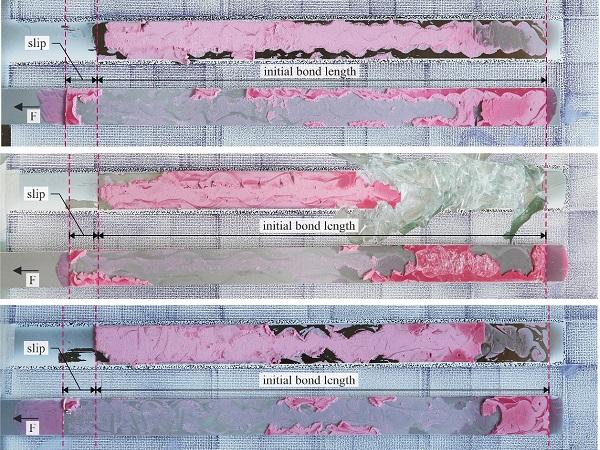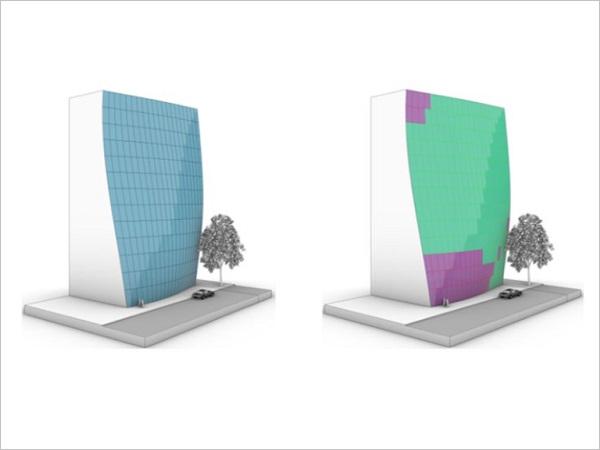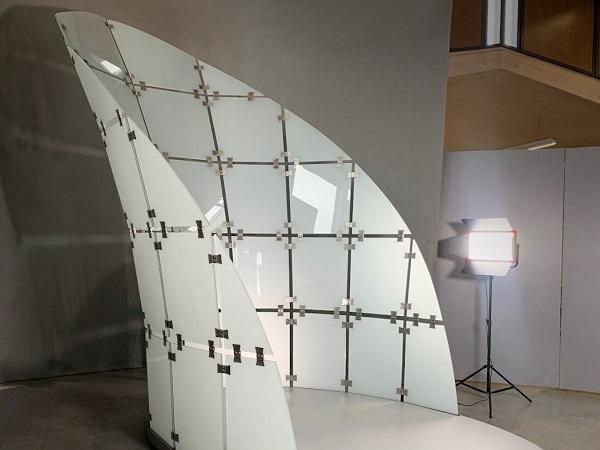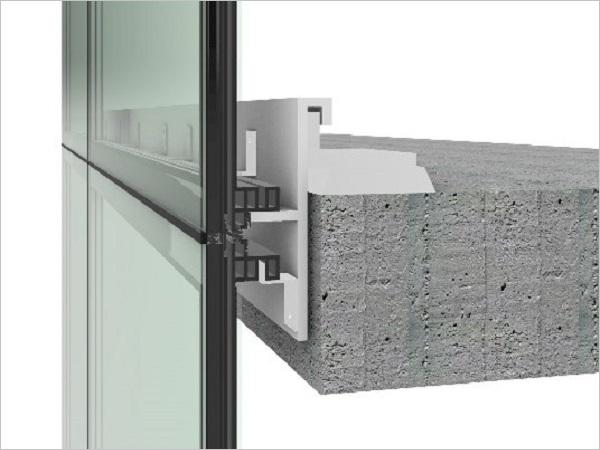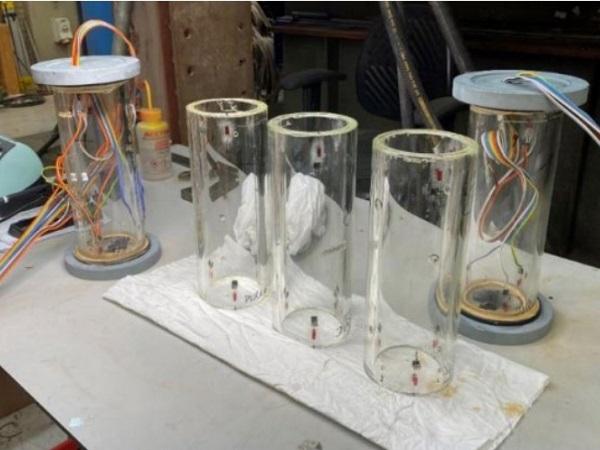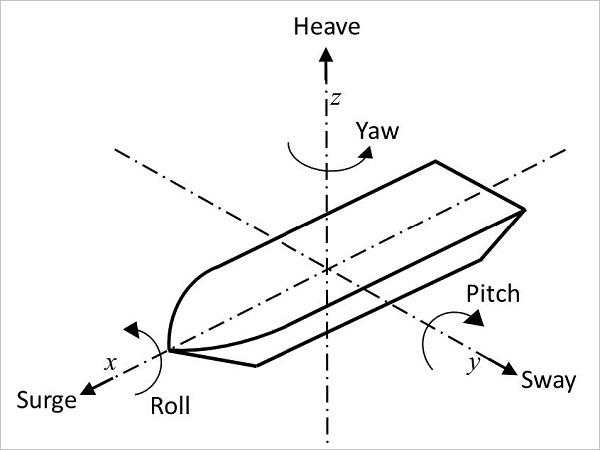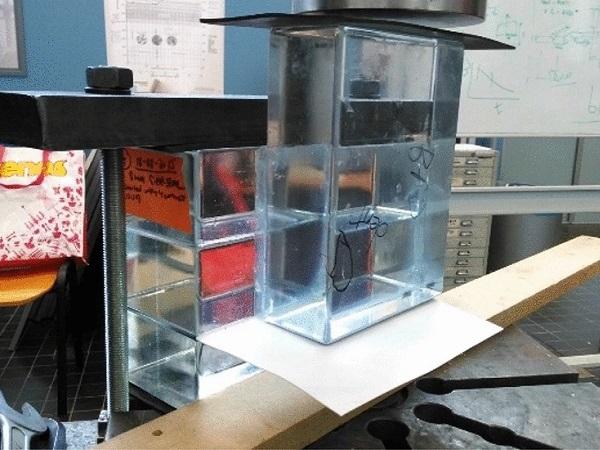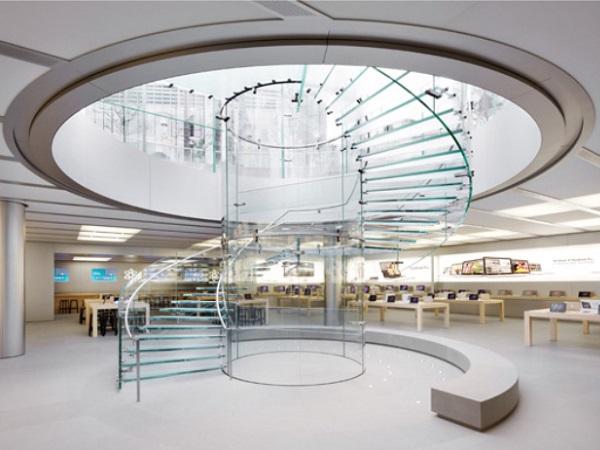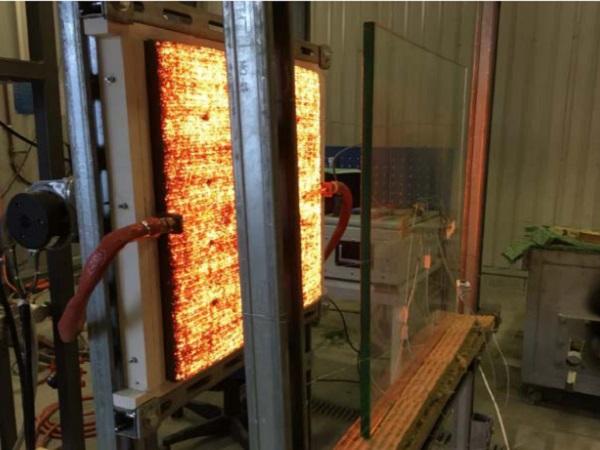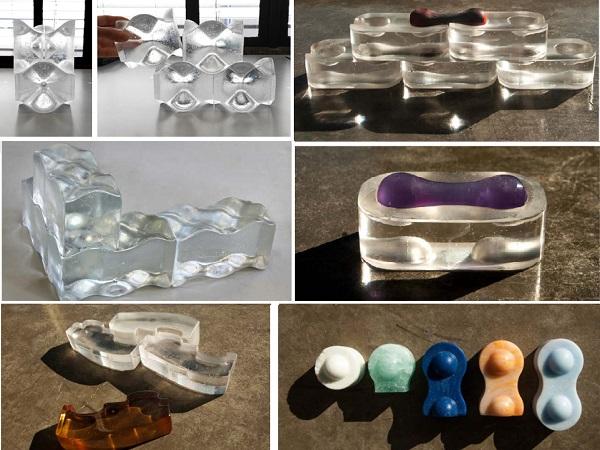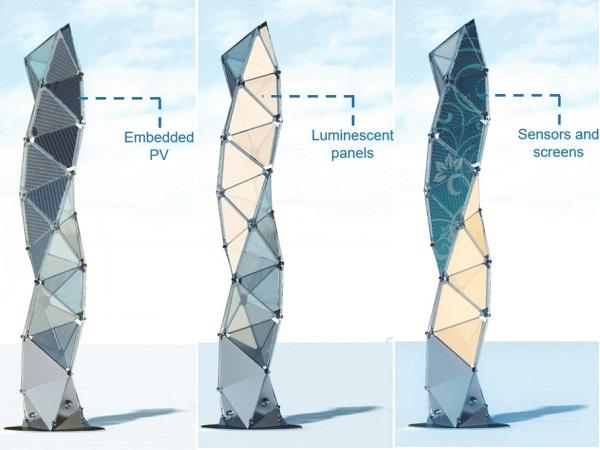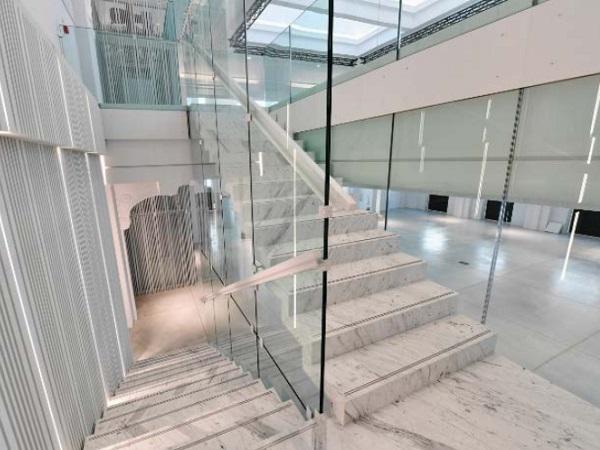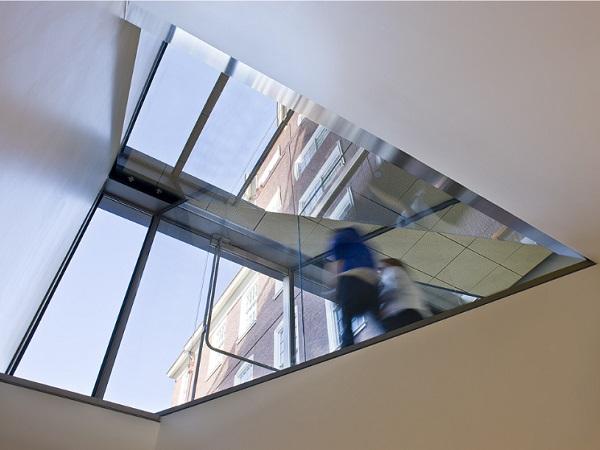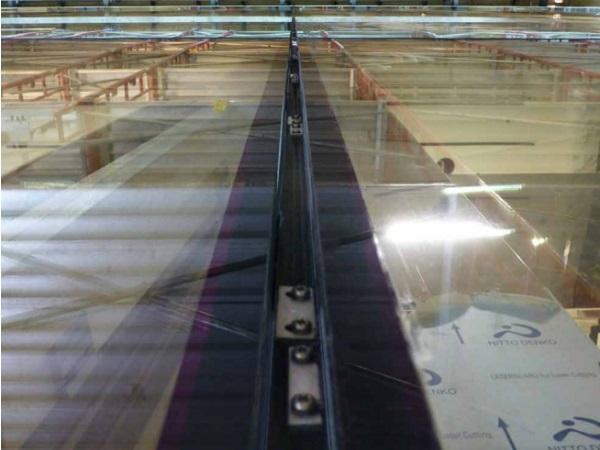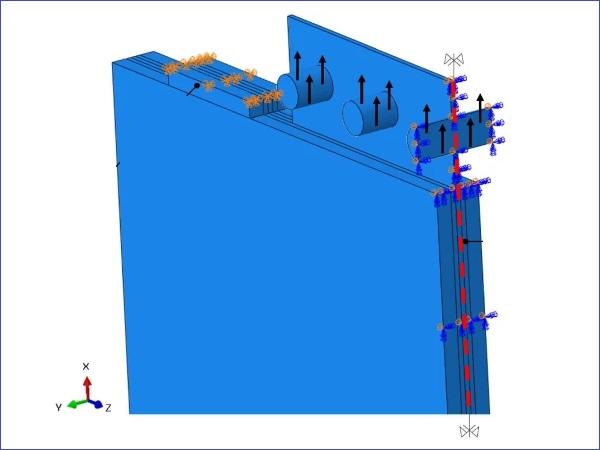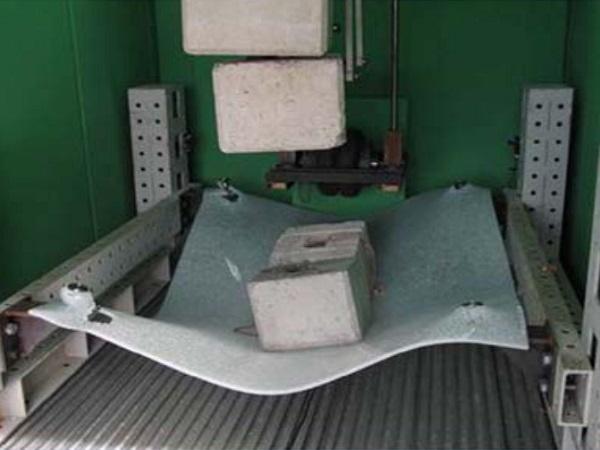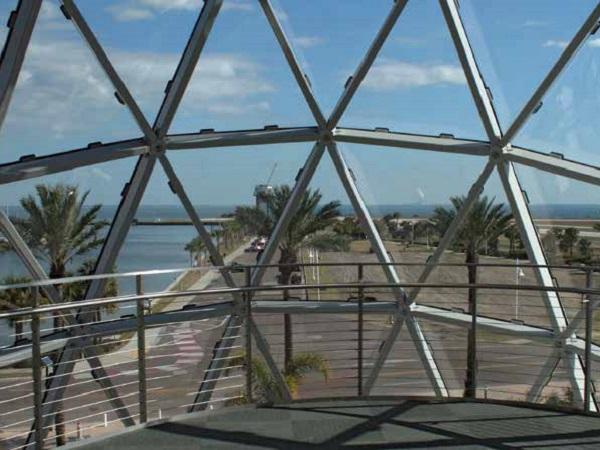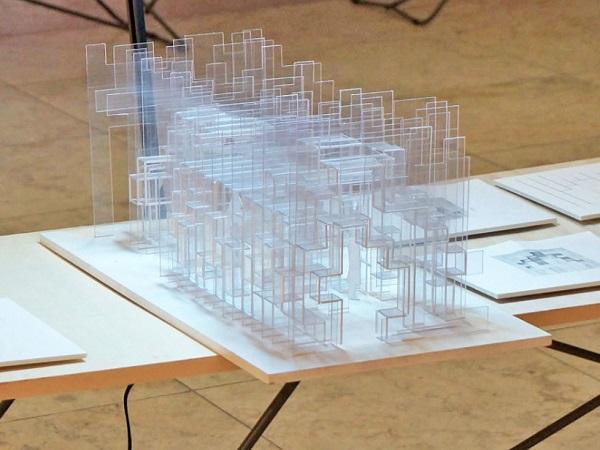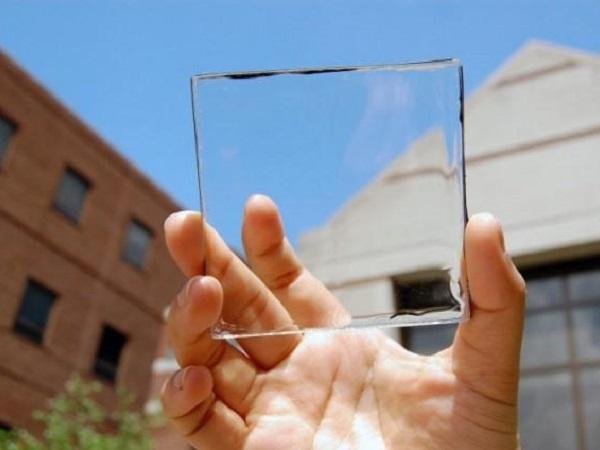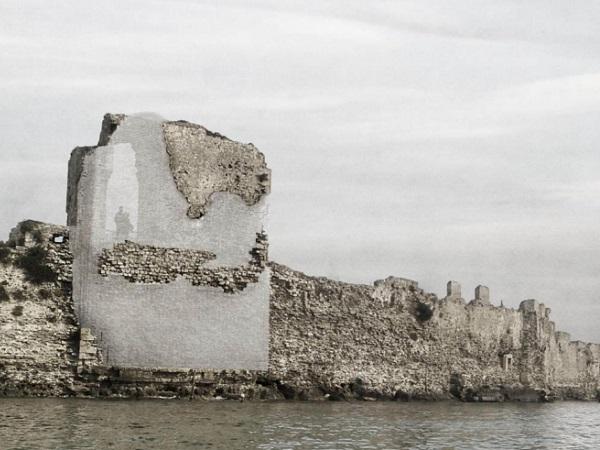Others also read
| This work discusses the results from first feasibility investigations dealing with the choice of adhesive and identifying a suitable activation procedure for Fe-SMA strips adhesively bonded to glass elements.
| The paper presents the results of FEM analysis as well as tests performed on double glazed units including Sikasil® IG-25 secondary sealing joints and SikaGlaze® IG-5 PIB as primary seal.
| The paper undertakes a review of basic interlayer stack data with regards to viscoelastic properties and adhesion, and the engineering hypotheses using recent preliminary fitting test results for various loading schemes.
| This paper sheds some light on the challenges to build with high performing glazing façade systems (originally called curtain wall systems) while efficiently utilising resources and reducing its manufacturing embodied carbon.
| This research revolves around the design, fabrication and testing of tubular glass columns, with particular focus on their redundancy and fire-safety mechanisms.
| This paper gives an overview of the requirements of a ship structure, and more specifically yacht structures, and describes the challenges associated with using glass as a fully integrated structural component.
| Ground rules emerging from built case studies on adhesive selection and experimental validation.
Investigations on Linear Silicone Joints for Glass-Metal Elements with Composite Structural Behavior
| In this article, experimental and numerical results obtained for linear structural silicone joints between glass and stainless steel substrates, investigated separately under tensile and under shear loading, are discussed.
| This work focuses on the Transparent Structural Silicone Adhesive (TSSA), produced by Dow Corning.
| The intention of this paper is to address this gap with the aid of photoelasticity as an indirect measuring method in a coordinated way with numerical simulation based on finite element analysis.
| Eurocode-compliant, mesh-independent approach using the FEM
| Overview, Case Studies and Future Potentials
| This paper focuses on a recently developed concept, in which glass is combined with timber to provide post-breakage strength and ductility.
A Novel, Demountable Structural Glass System Out of Dry-Assembly, Interlocking Cast Glass Components
| Combining transparency with a high compressive strength, glass enables us to make diaphanous load-bearing compressive members, from beams and columns to free-standing facades and entire glass structures.
| The project HYbrid GLAss-Steel Stele (HYGLASS) aims at the realization of a cantilevering hybrid vertical structure working as a stand-alone or a grid-connected smart tower.
| The paper illustrates the design project of the main laminated glass balustrade of a steel staircase installed in the historical Margherita Theatre in Livorno, Italy.
| The two case studies illustrate how the engineering of glass can fluctuate with design intent in unusual scenarios – when we cannot rely solely on conventional codes and standards to guide the analysis.
| Five commercial glazing system analysis and a project study show the advantages of using Insulated Glass Unit (IGU) edges to mechanically attach glass to buildings.
| High strength load-bearing connections between glass components are challenging because they are required to transmit high forces in a material that is sensitive to stress concentrations.
| The use of laminated glass is becoming more recognized as a safer alternative to monolithic glass due to its glass retention properties.
| This article describes the use of PVB interlayers, such as Saflex®-DG interlayers, for applications in structural glass construction as laminated safety glass with an approach of shear coupling.
| To create spectacular Tampa Bay views from inside the museum, Novum Structures used hurricane-resistant safety glazing.
| The article examines a modular glass system about its architectural possibilities with a special focus on the connection methodology.
| I want you to think about your daily journey to work. Take a minute, visualize it – and then answer me this: How many glass surfaces did you see? Too many to remember?

